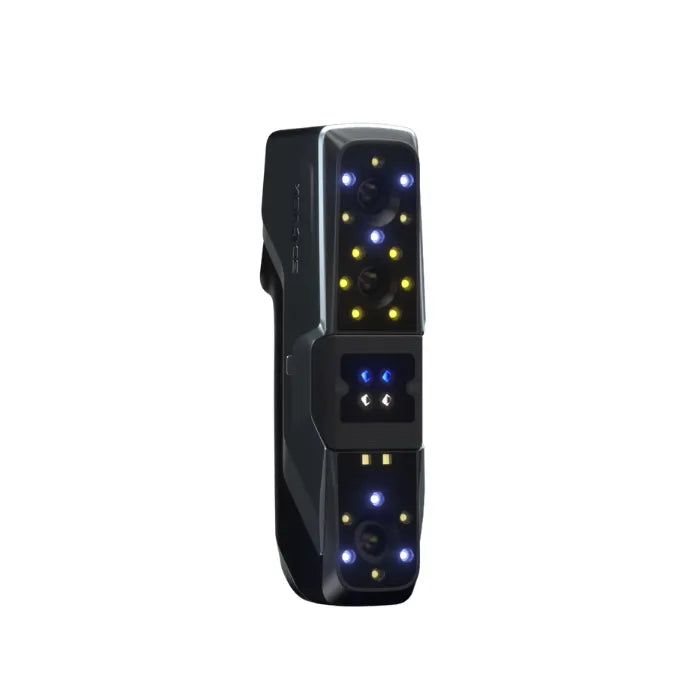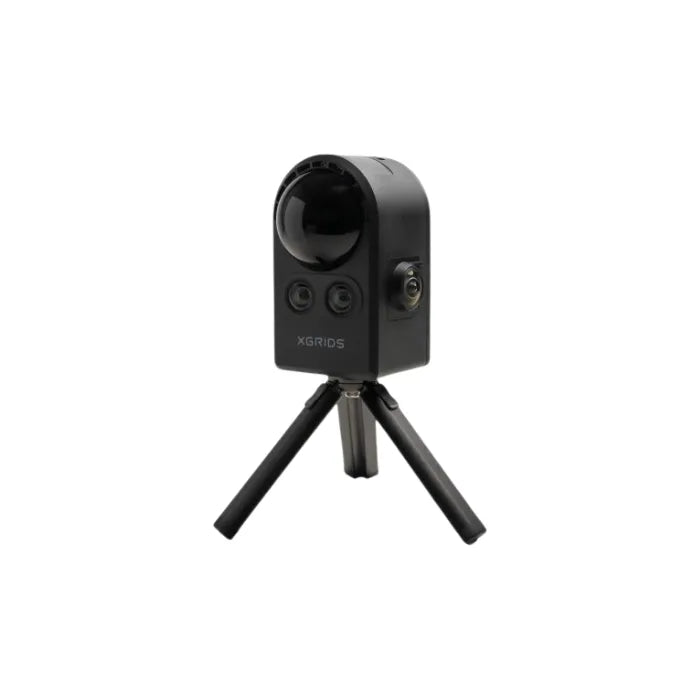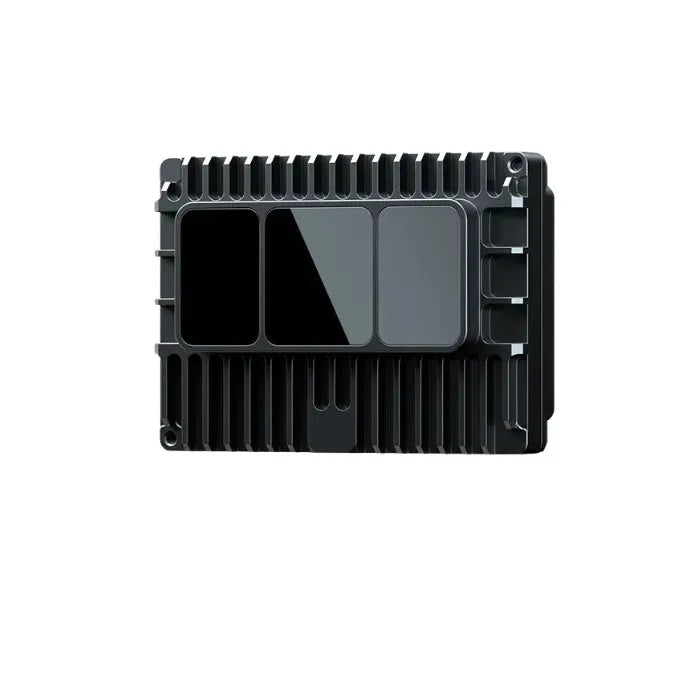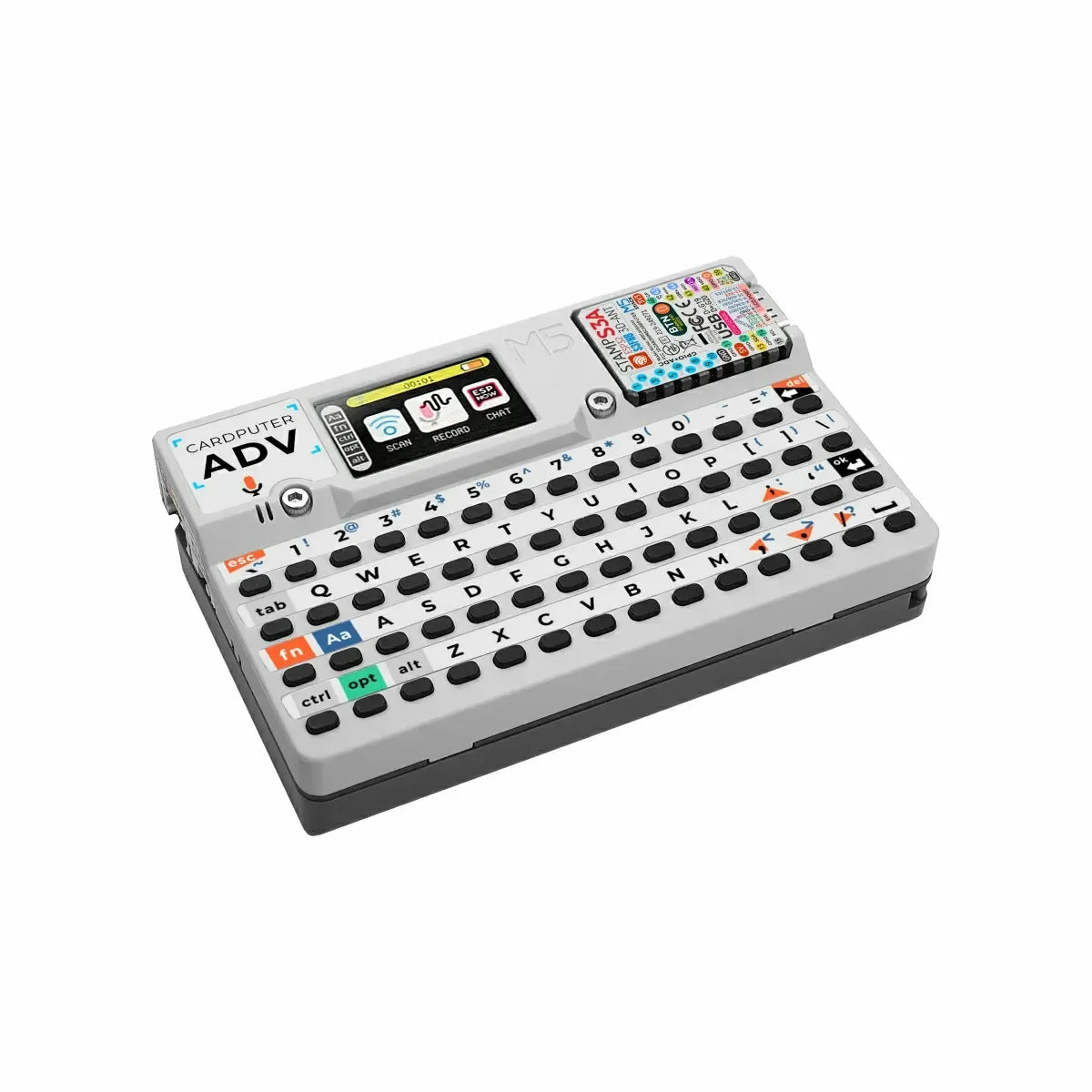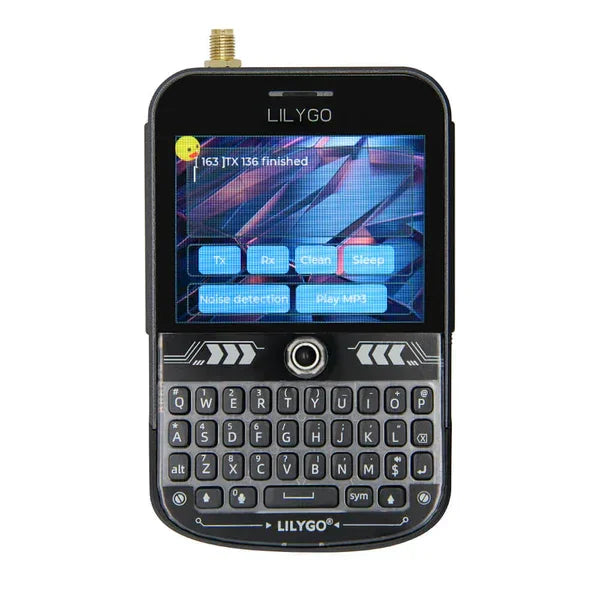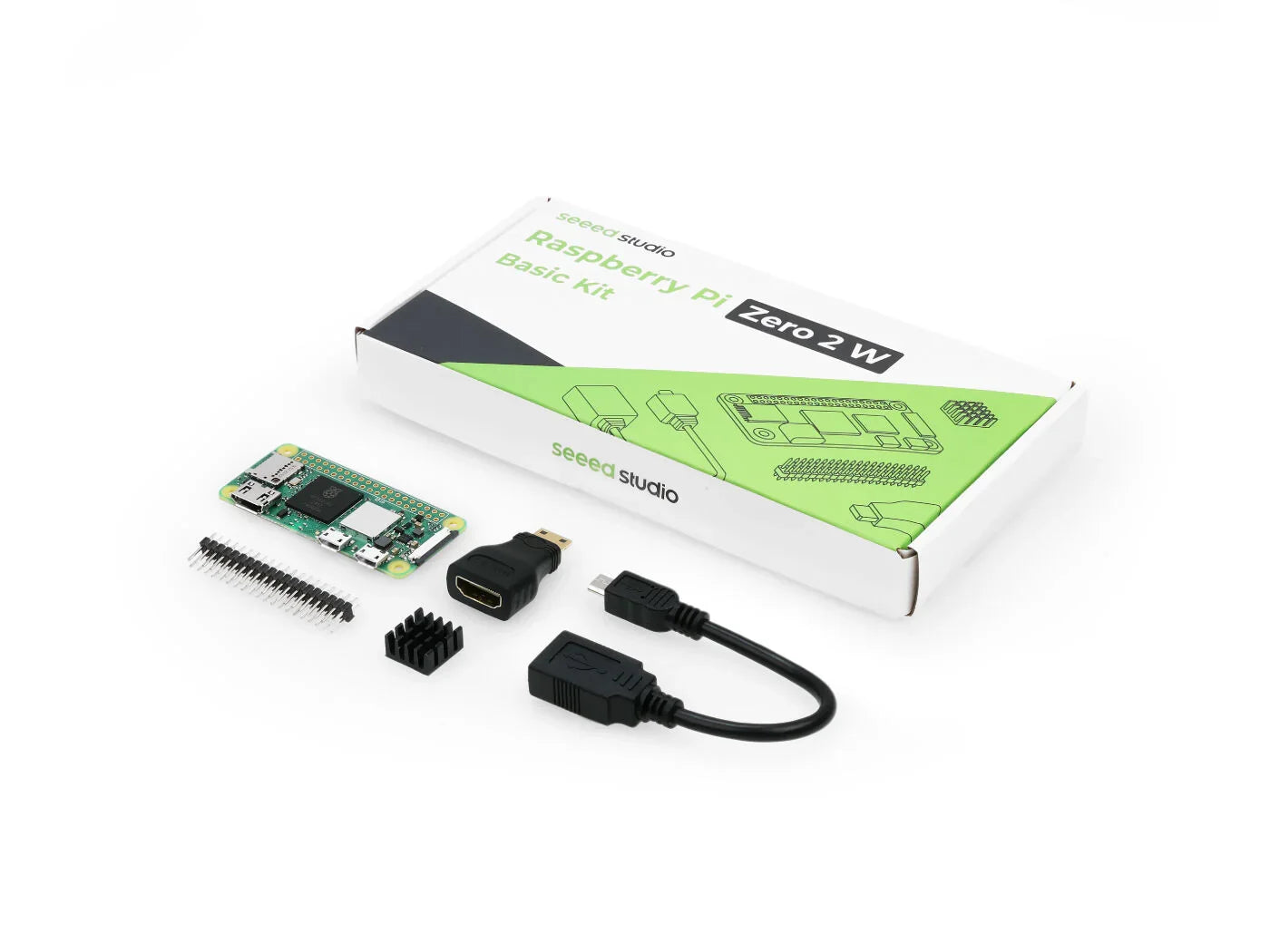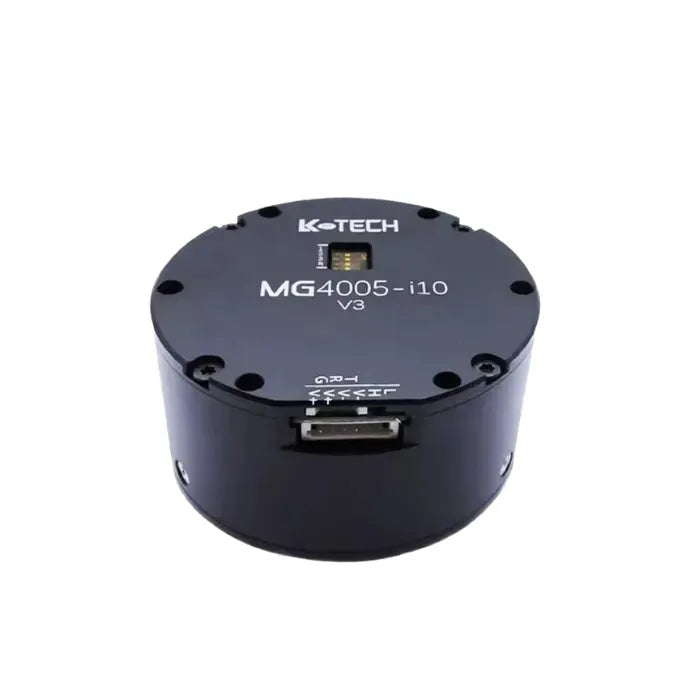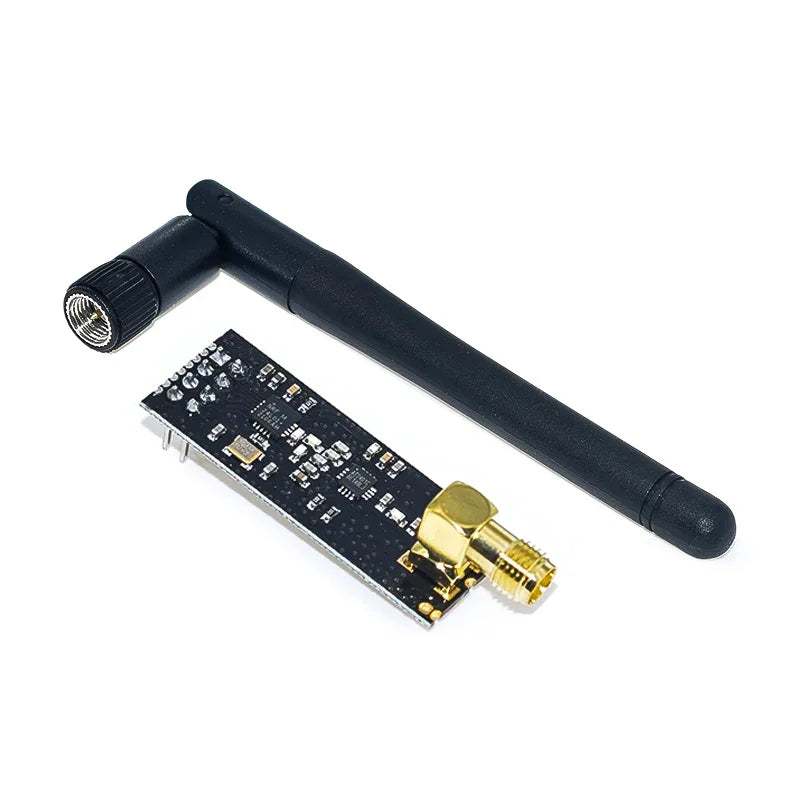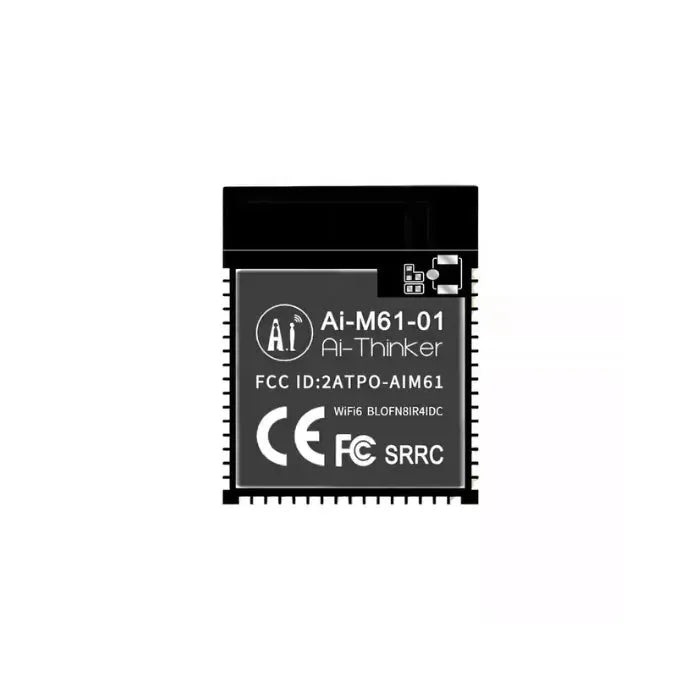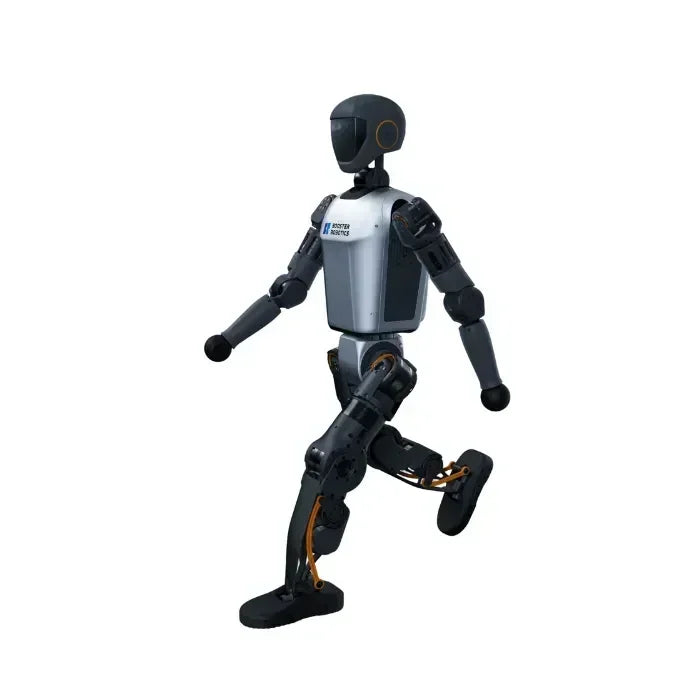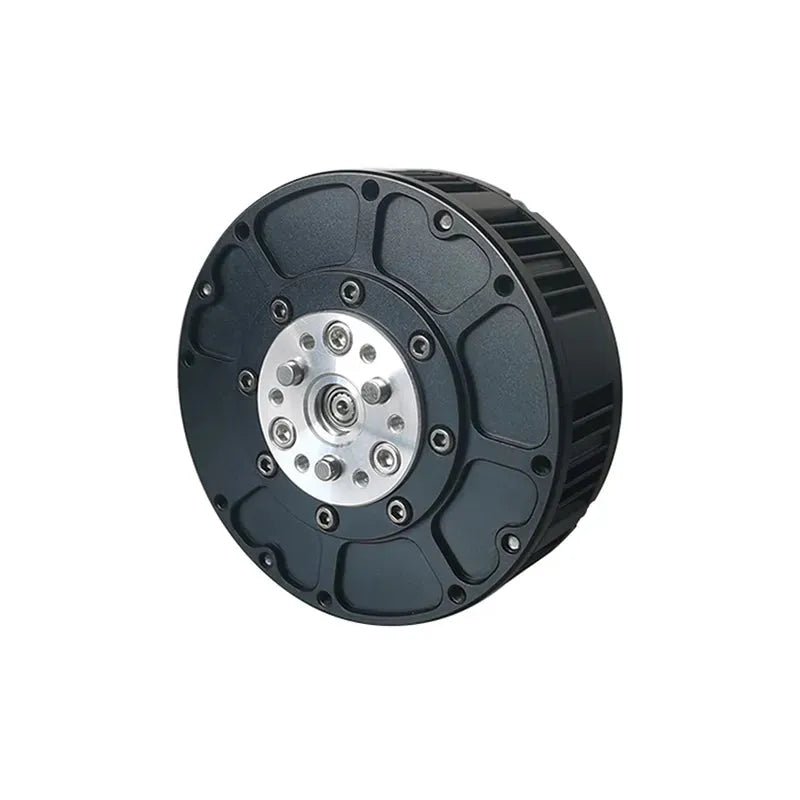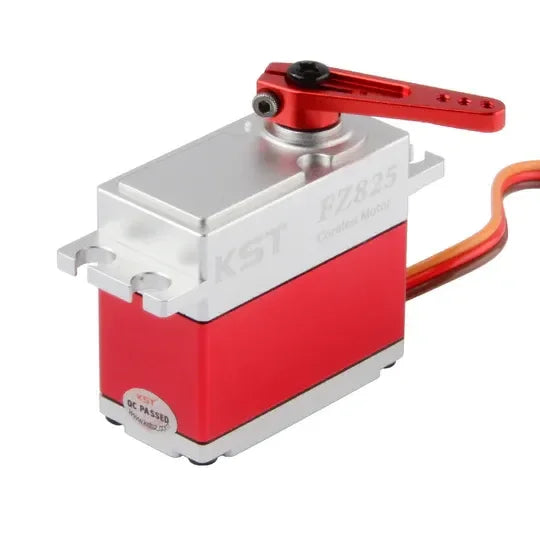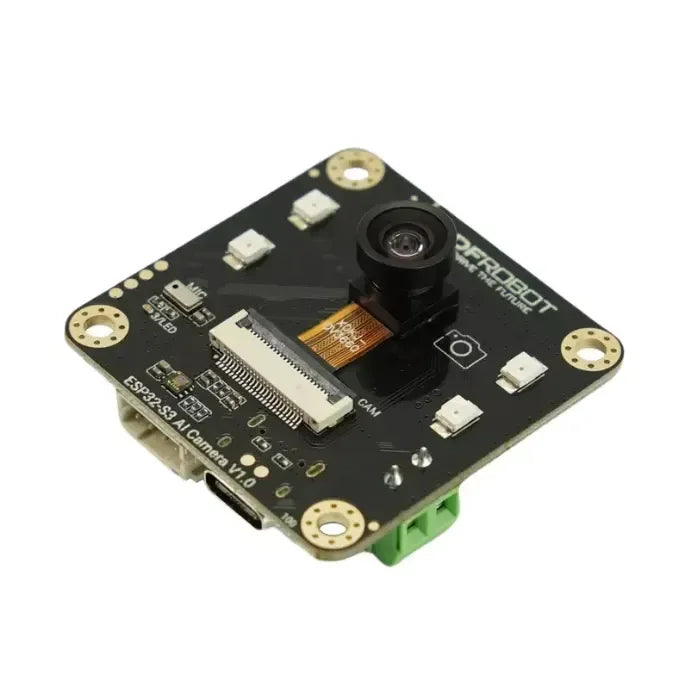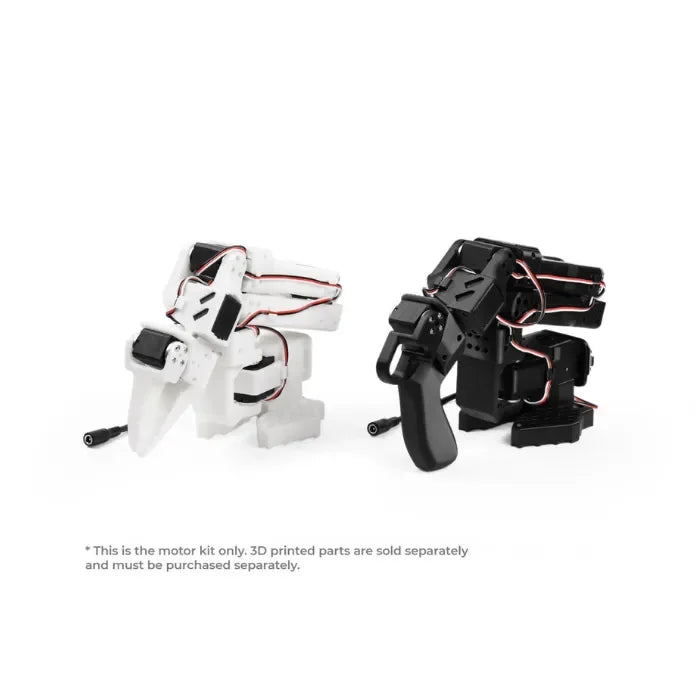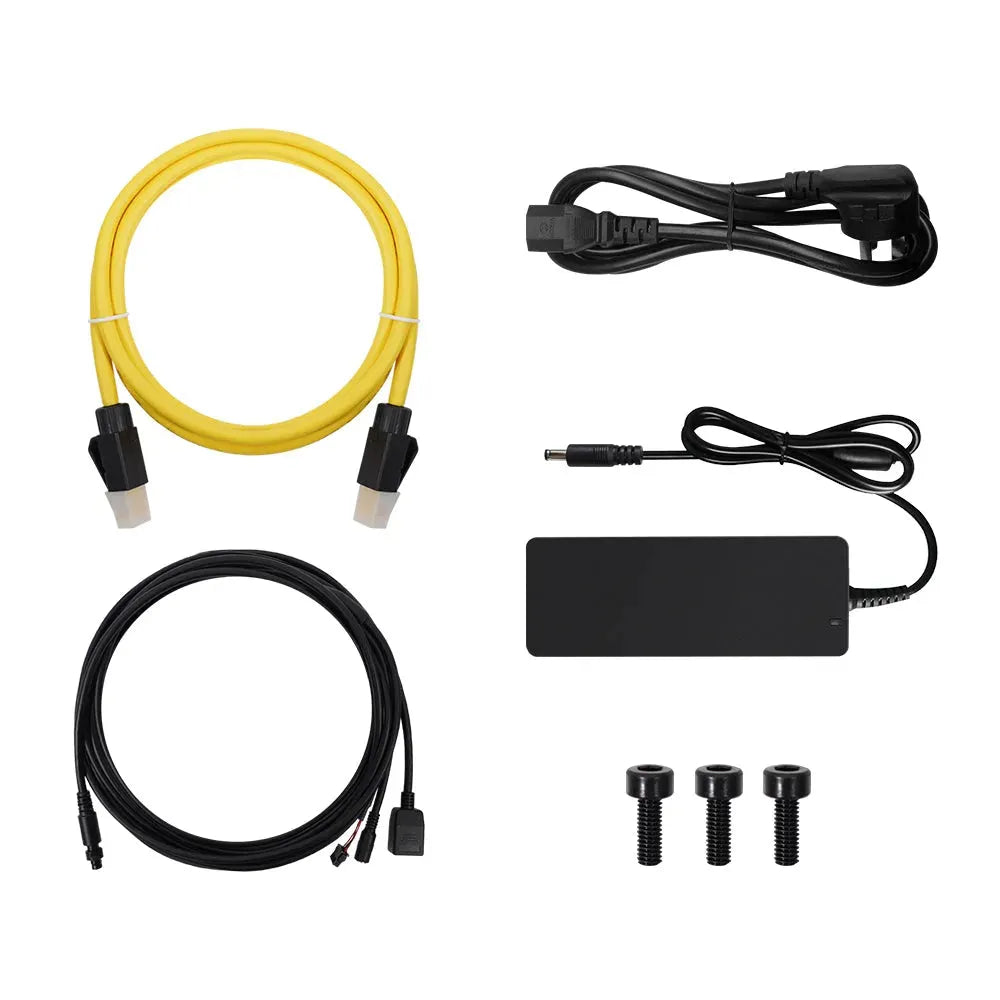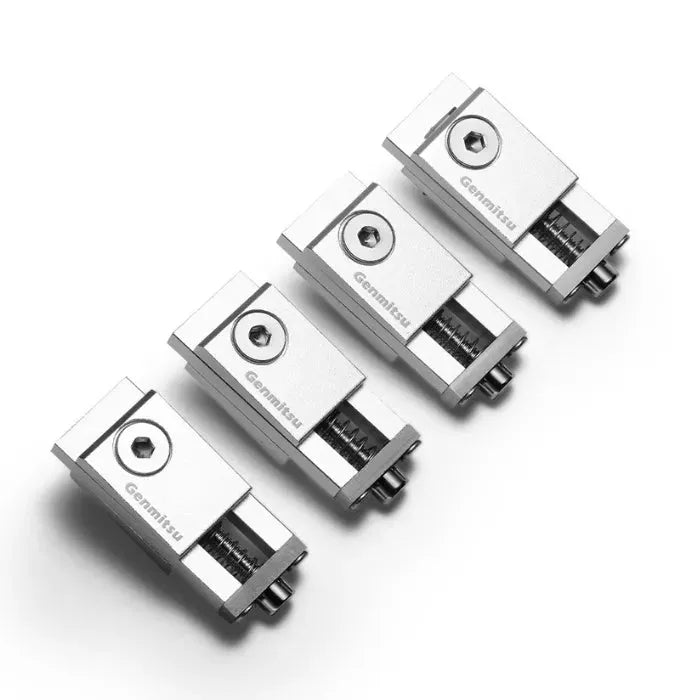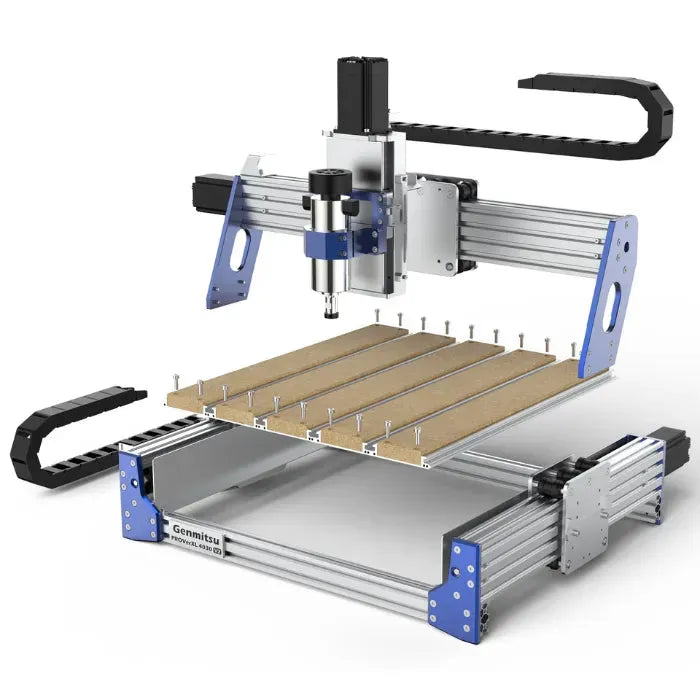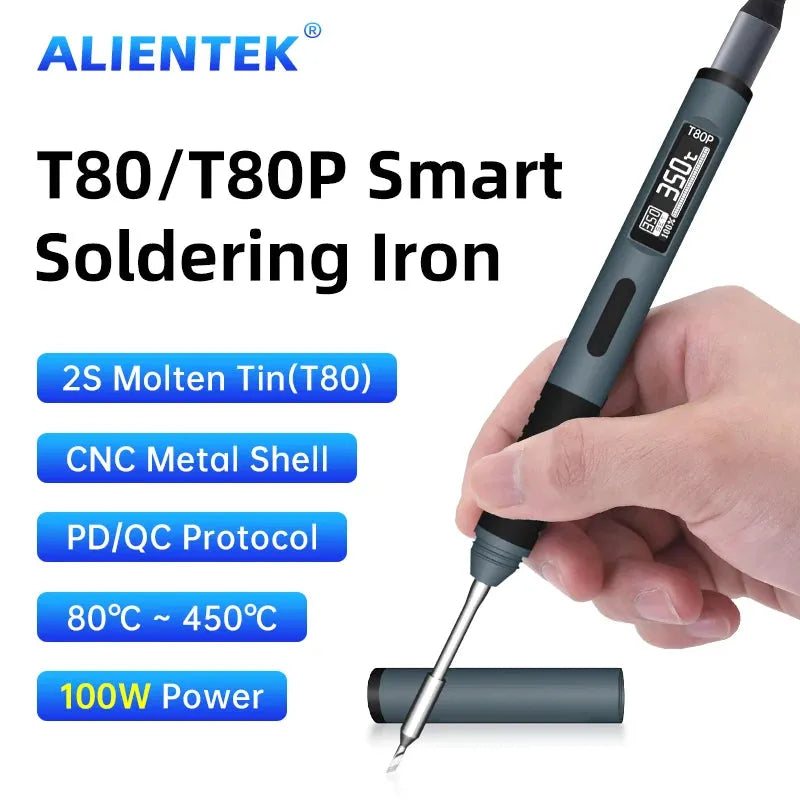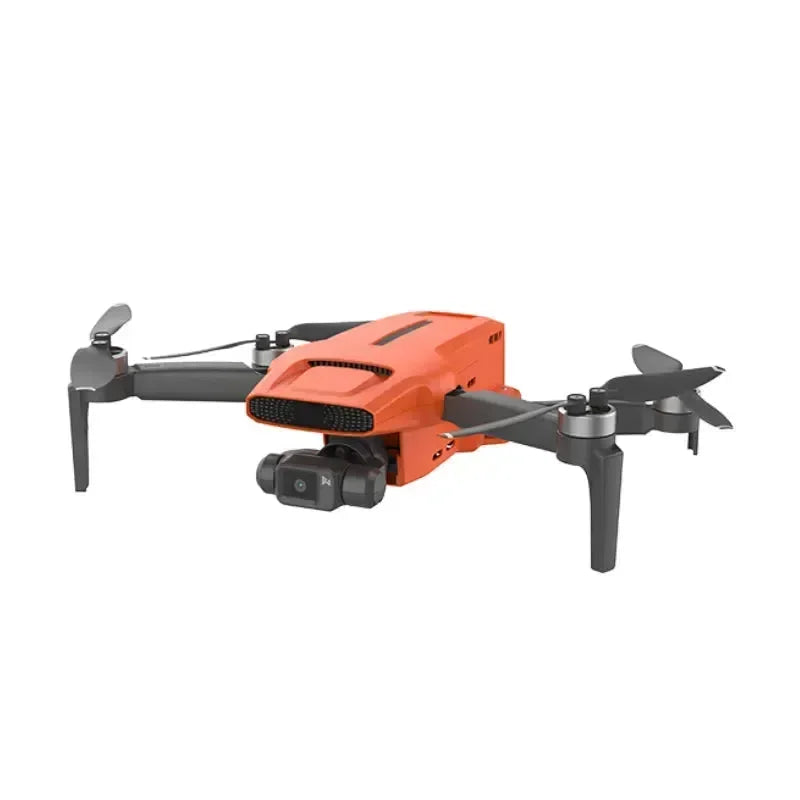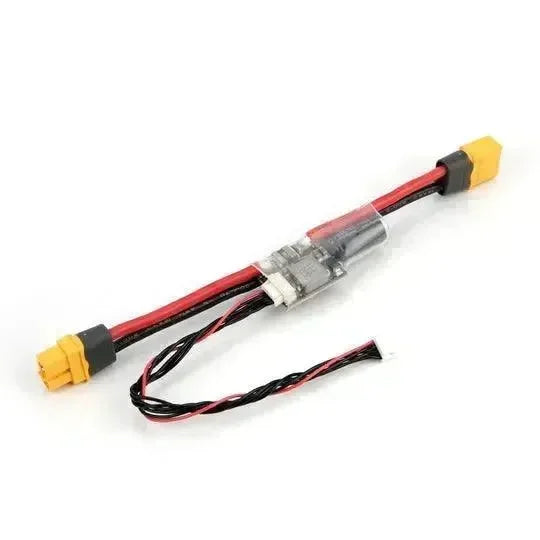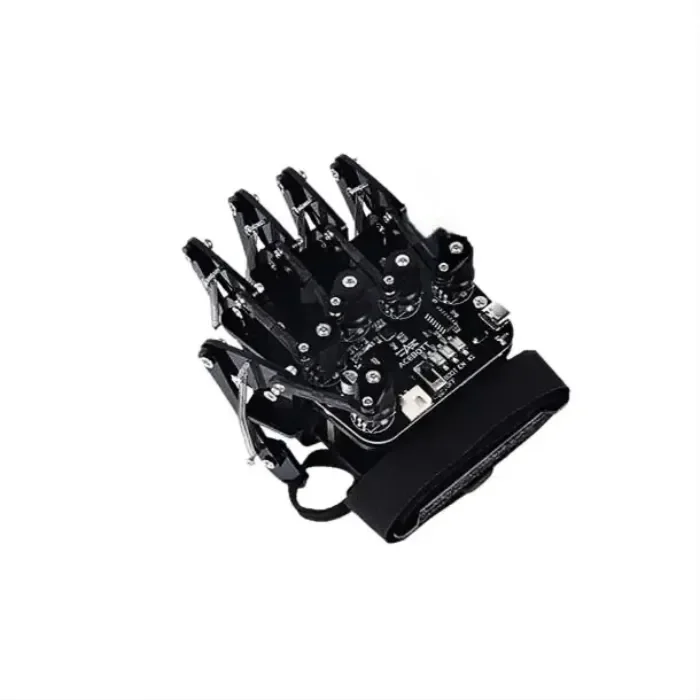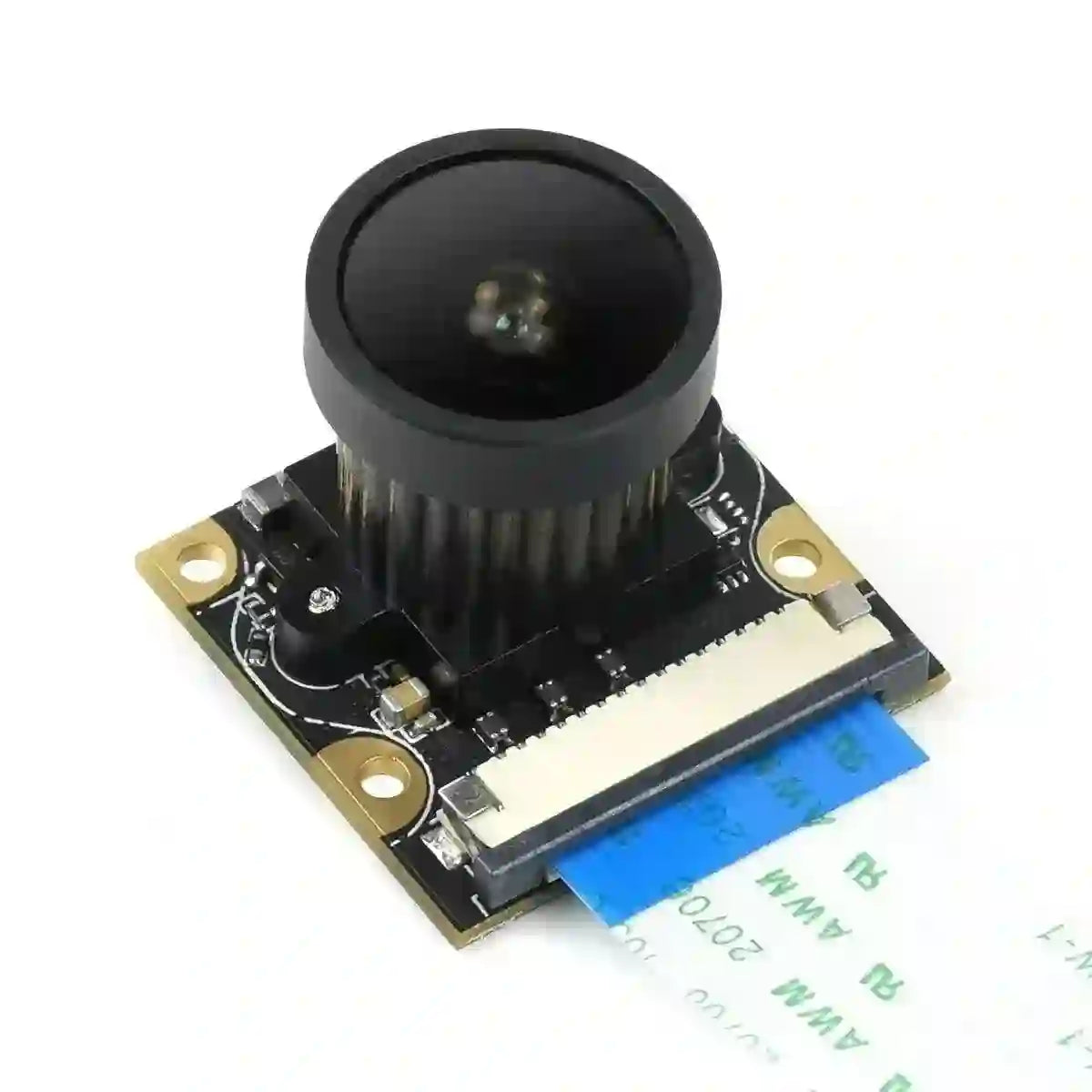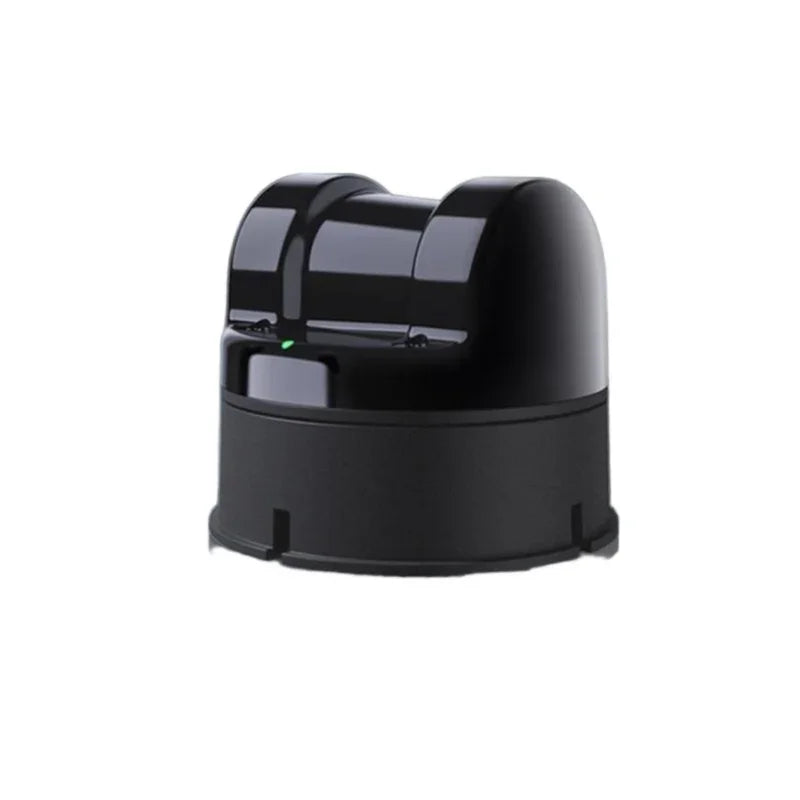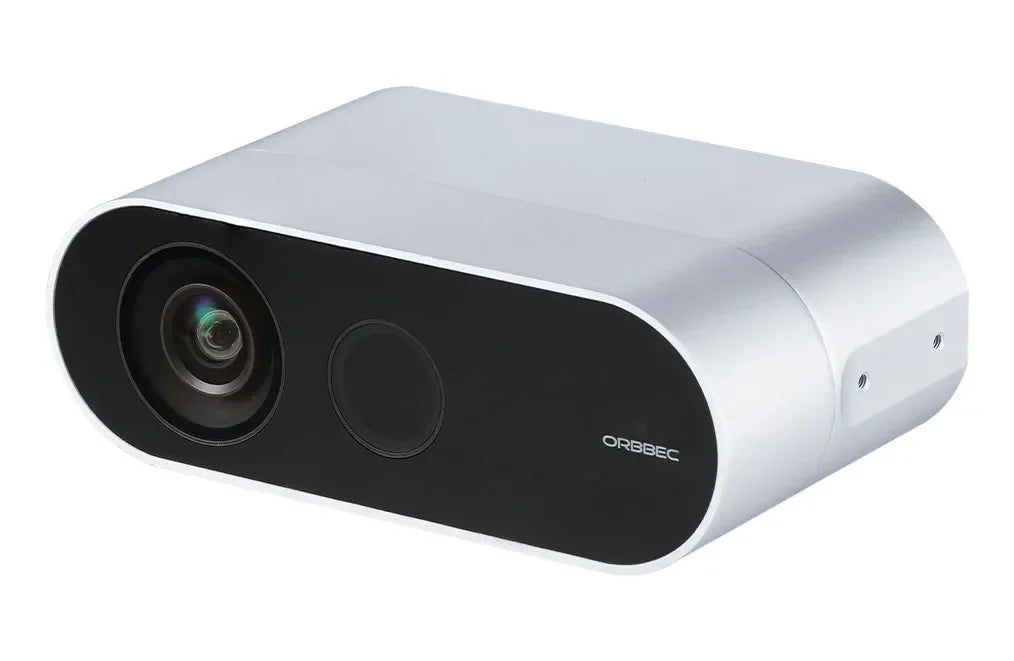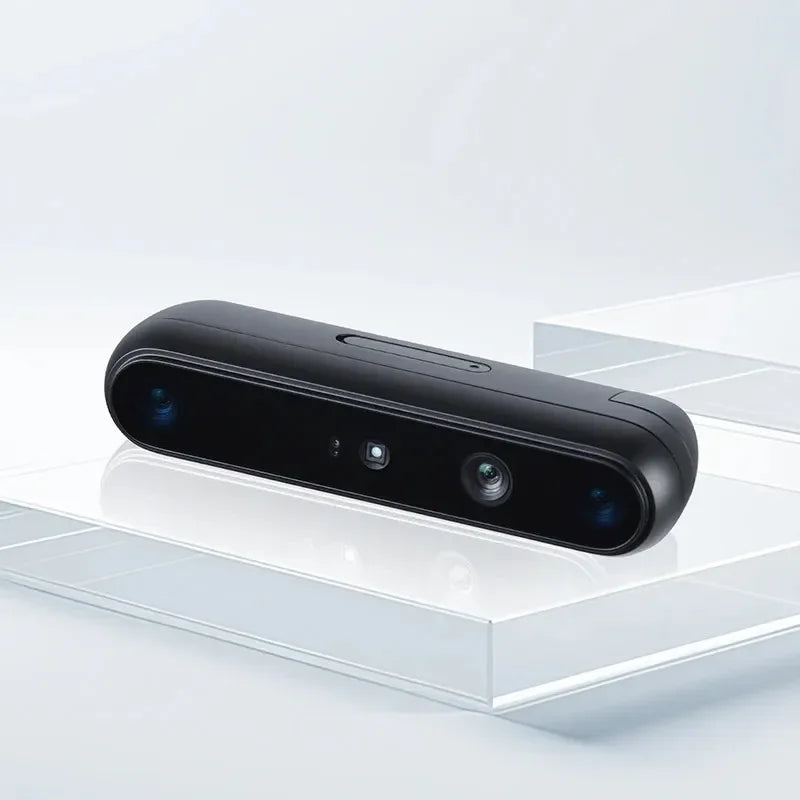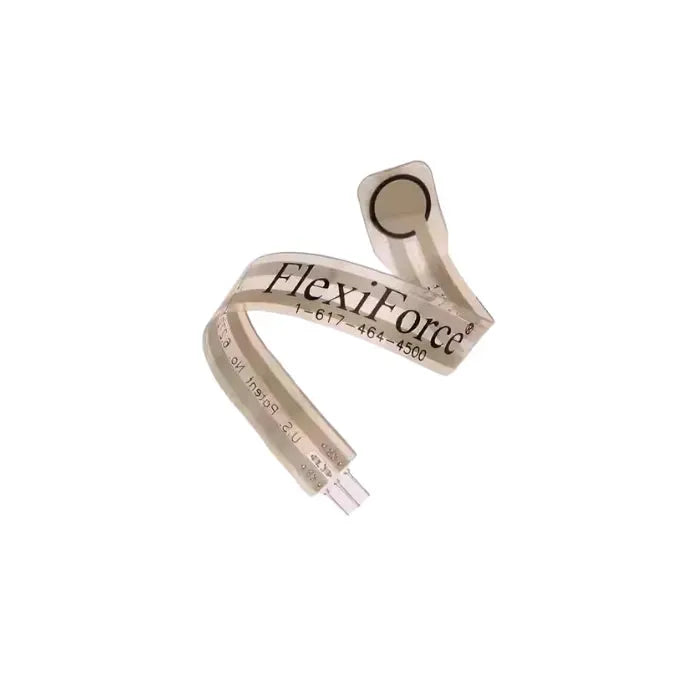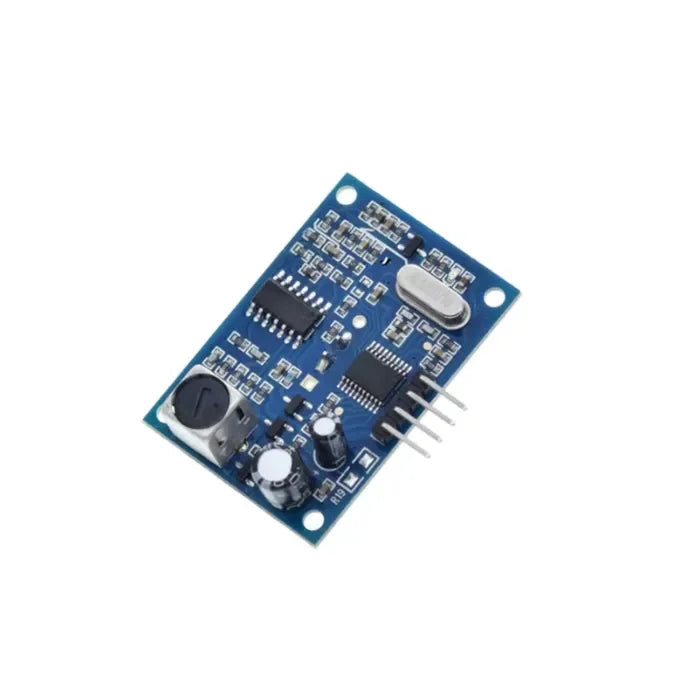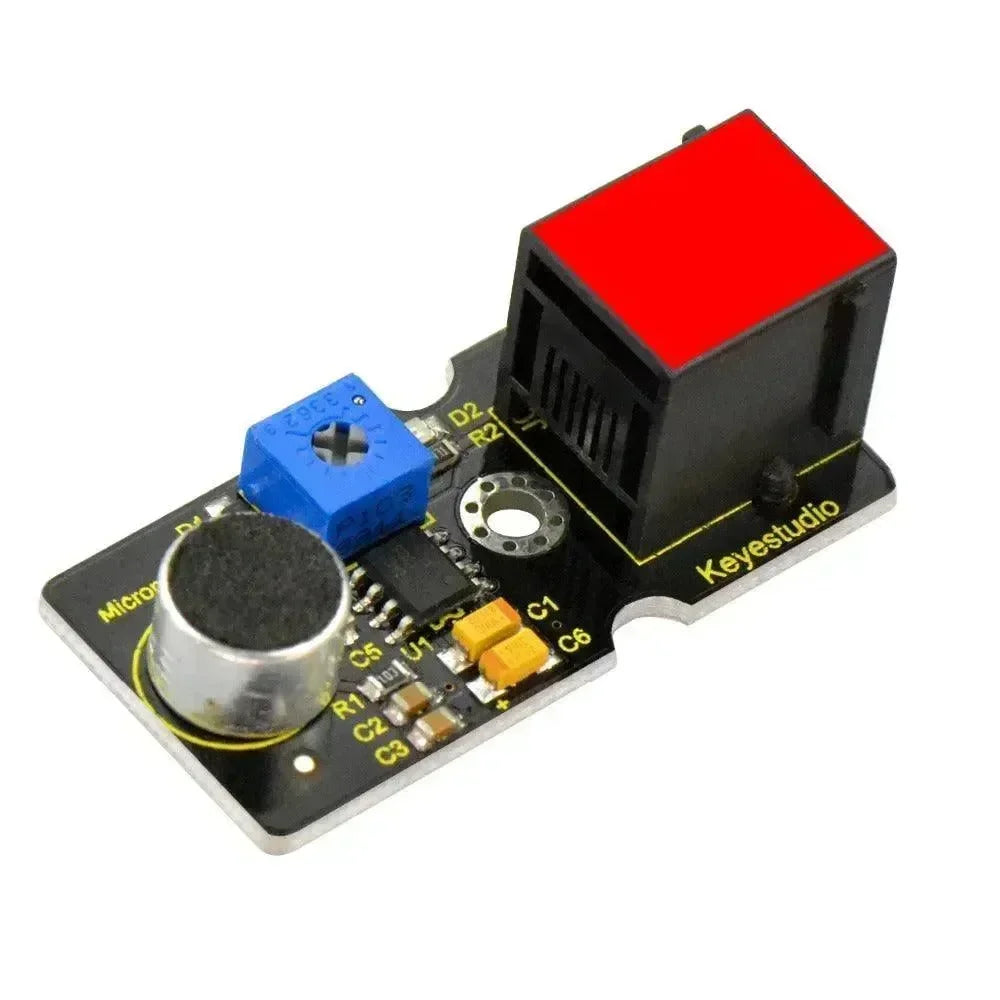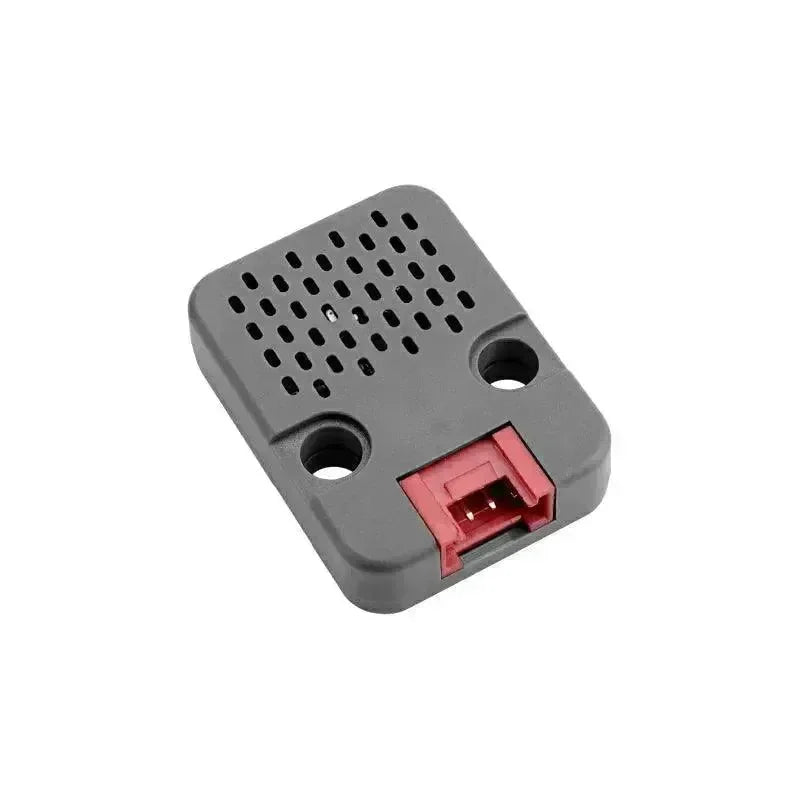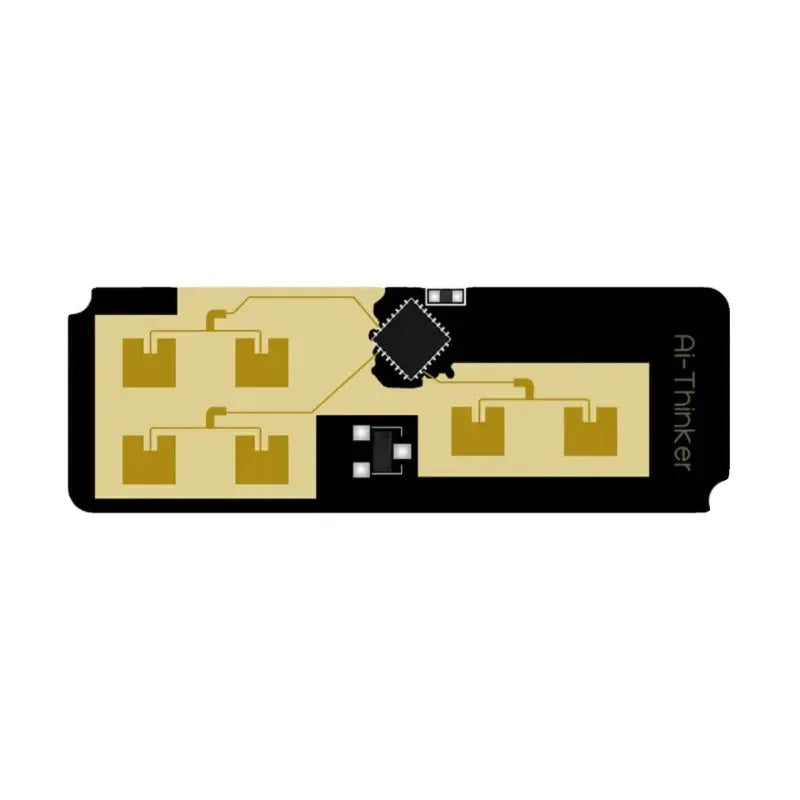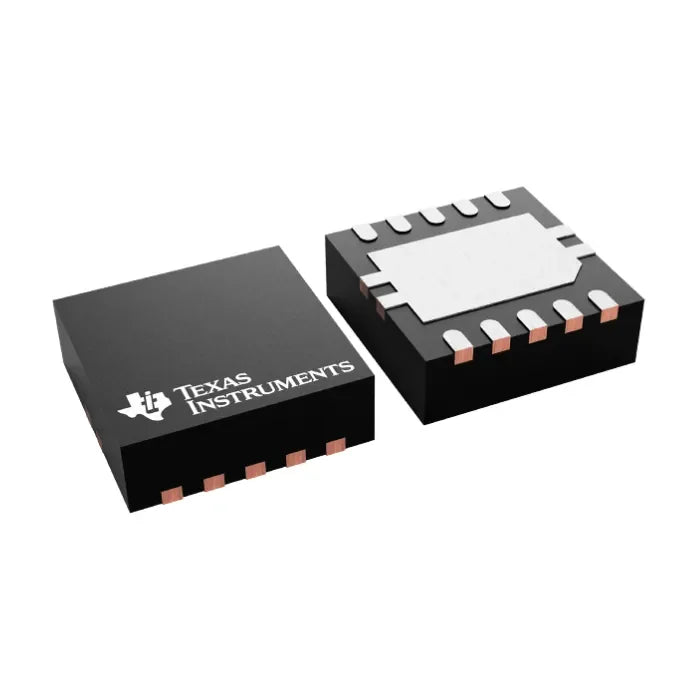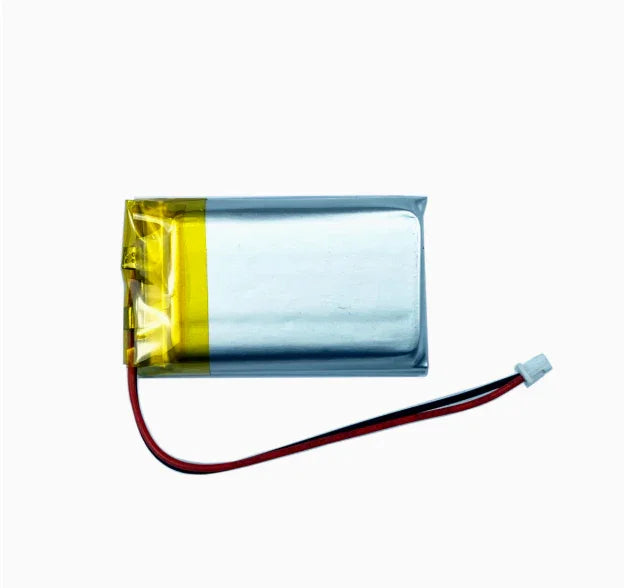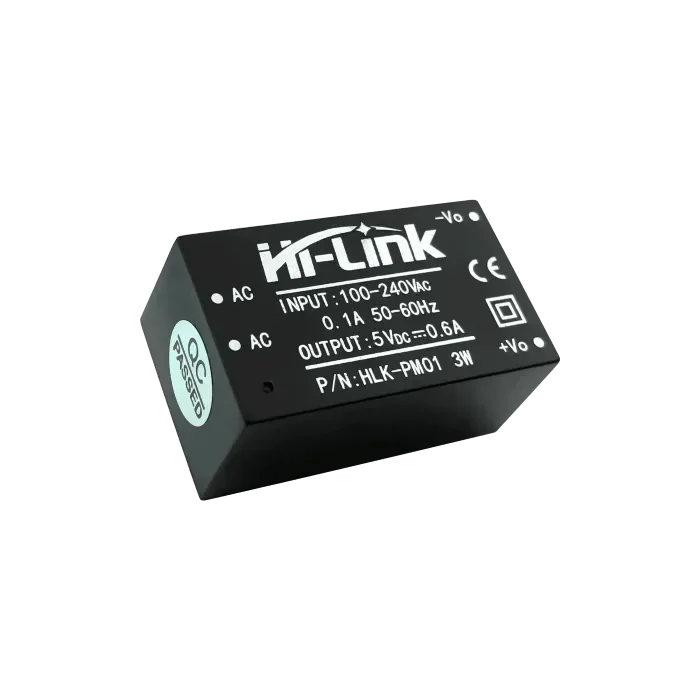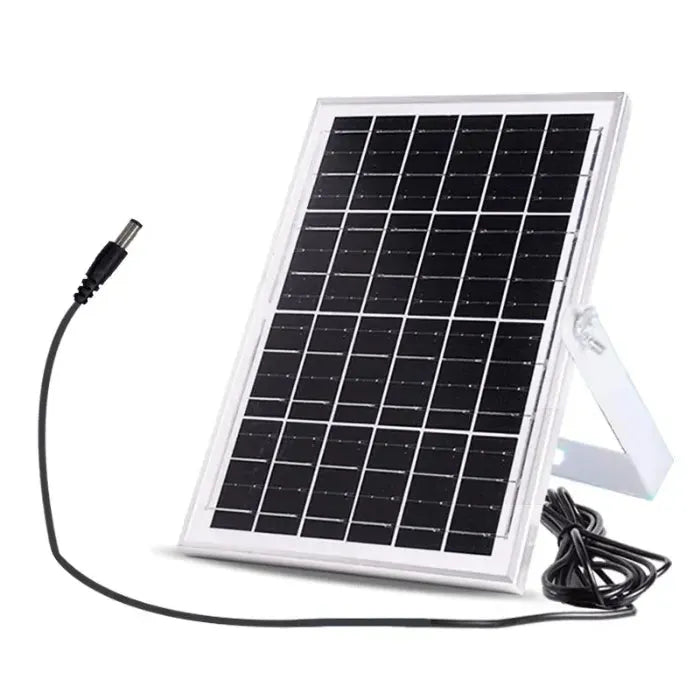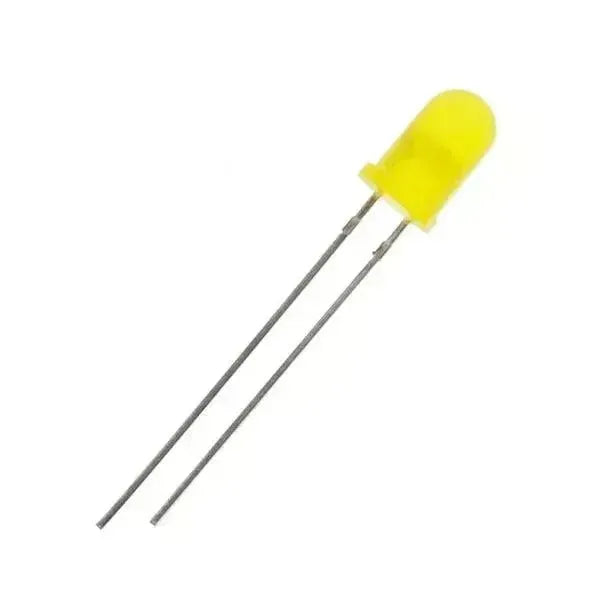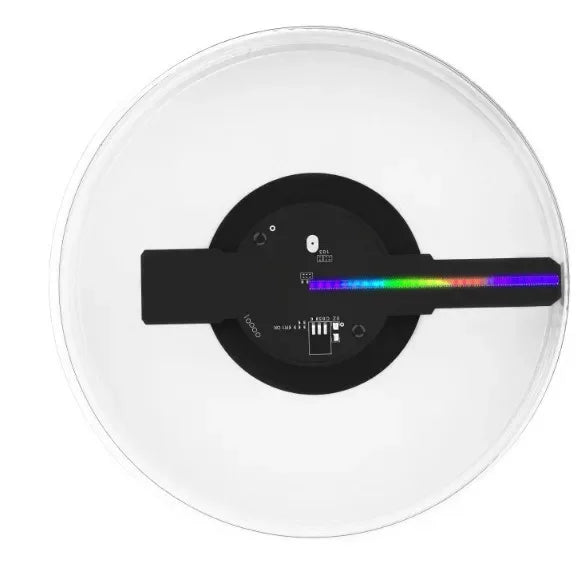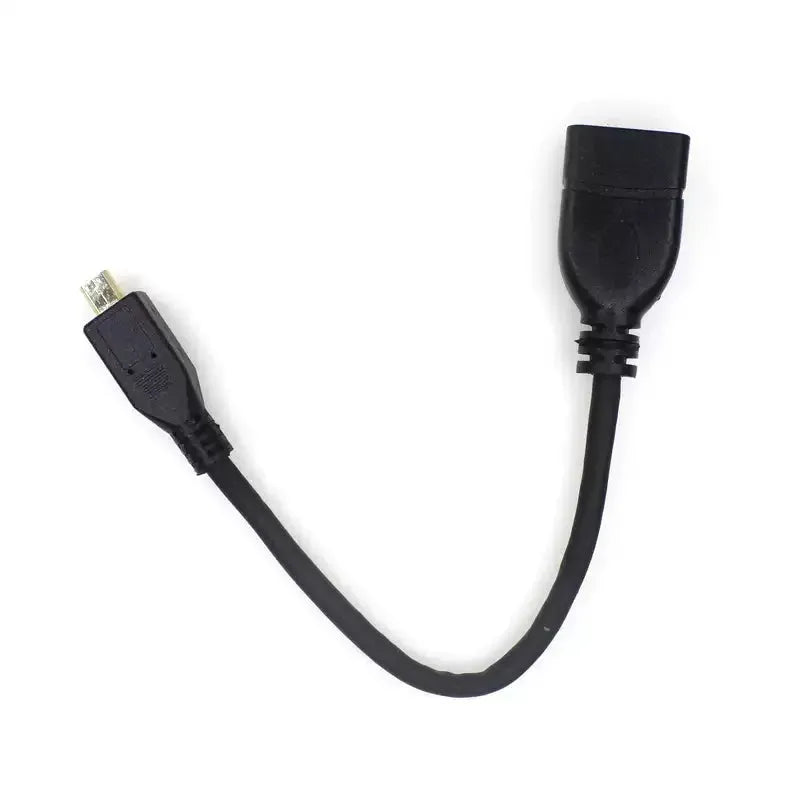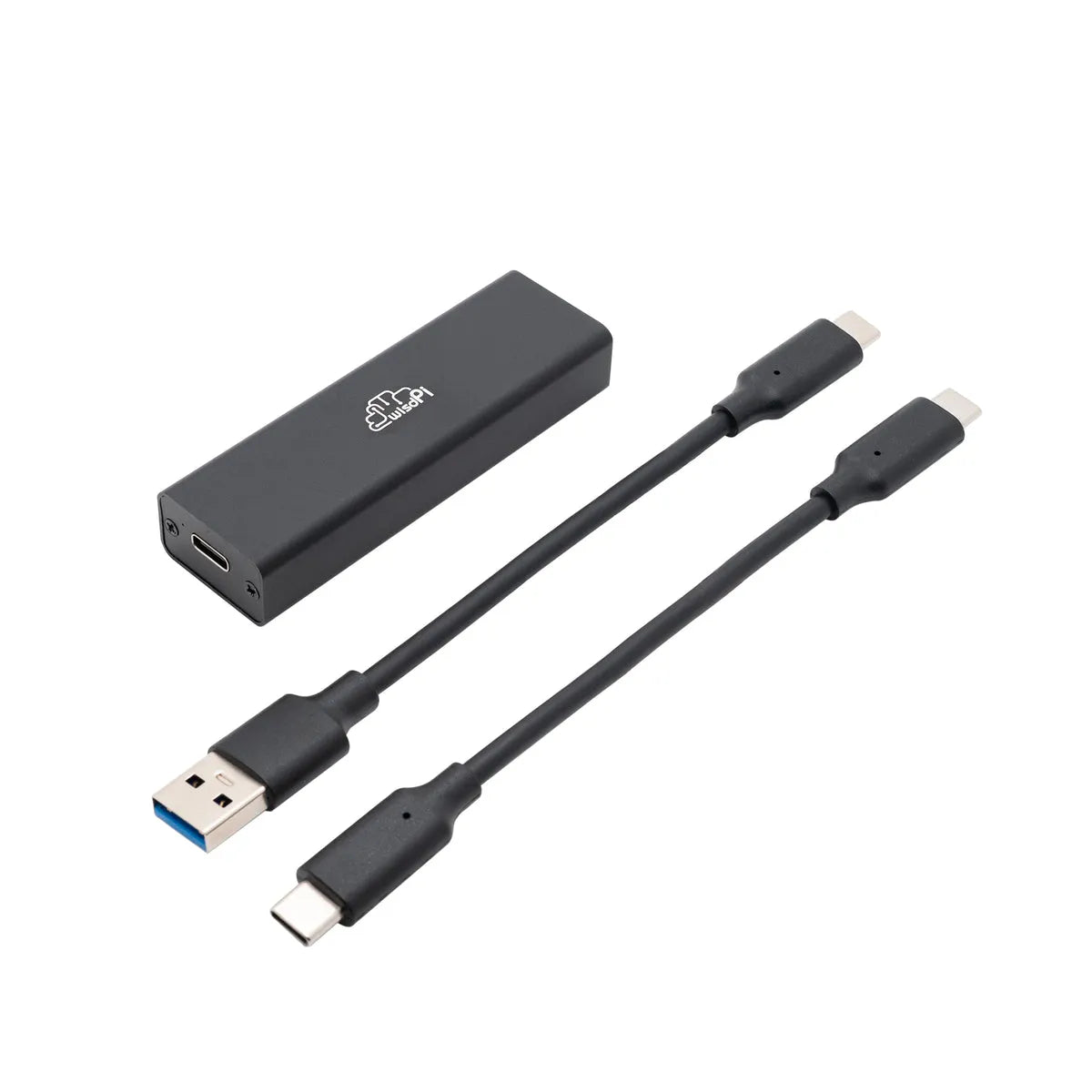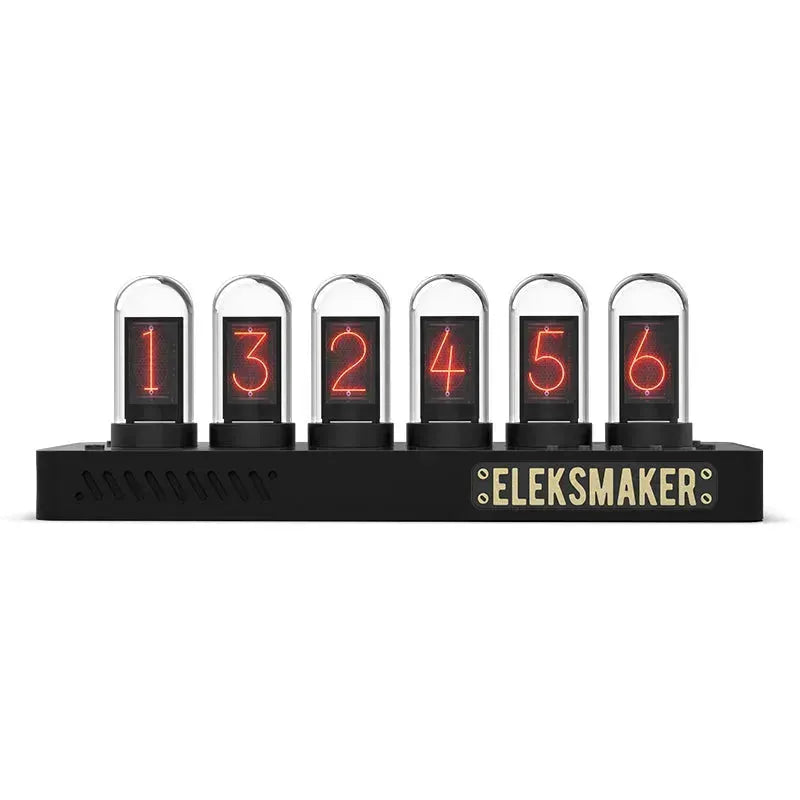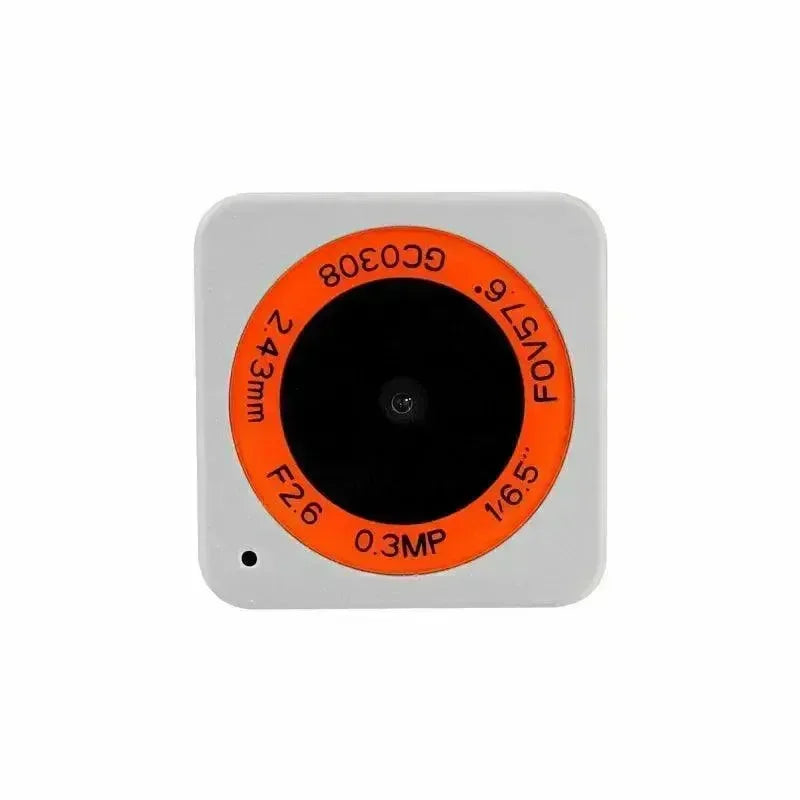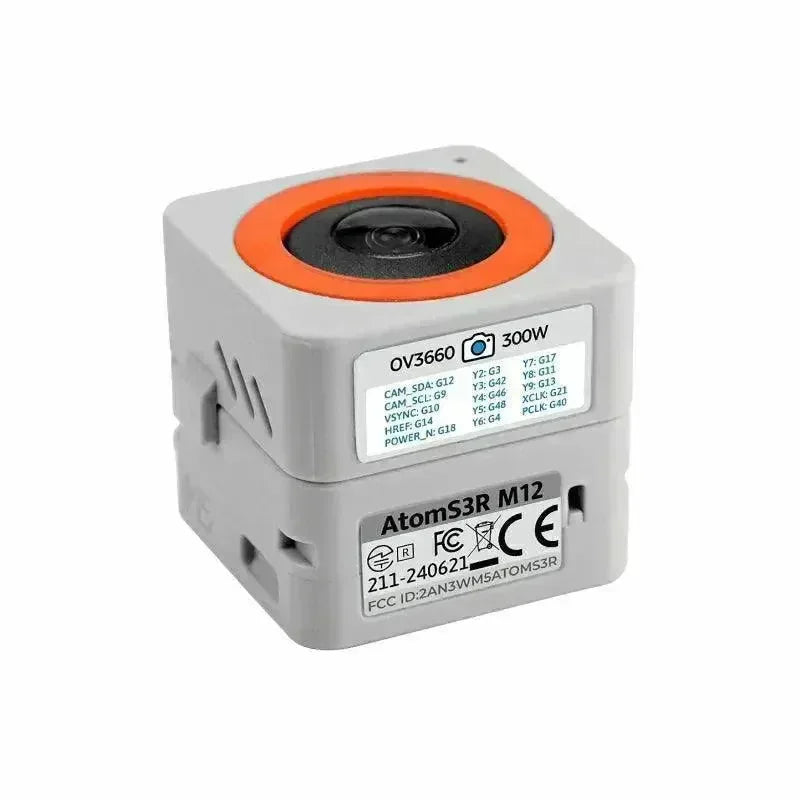The M5Stack ATOM series offers compact and versatile microcontroller units ideal for a range of IoT and embedded projects. While both the ATOMS3R and ATOMS3R M12 share a similar core and feature set, a crucial difference sets them apart: the camera. This article delves into the specifics of this distinction and its implications for users.
Shared Foundation
Before diving into the difference, it's important to acknowledge the common ground. Both the ATOMS3R and ATOMS3R M12 are built around the powerful ESP32-S3-PICO-1-N8R8 microcontroller. This chip provides dual-core processing, Wi-Fi connectivity, 8MB of Flash memory, and 8MB of PSRAM. They both also include a Type-C USB port for power and firmware updates, a HY2.0-4P expansion port for connecting peripherals, and a reset button. Furthermore, they both integrate a BMM150 geomagnetic sensor and a BMI270 motion sensor, offering environmental and motion data capabilities. This shared hardware makes them both excellent platforms for a wide variety of projects.
The Decisive Difference: The Camera
The single most significant difference between the ATOMS3R and the ATOMS3R M12 lies in the integrated camera module.
-
ATOMS3R: This model features a GC0308 camera sensor. This is a basic 0.3-megapixel (VGA) camera. While functional, its resolution is limited, making it suitable only for applications where image quality is not a primary concern. Think basic object detection, simple image capture for identification, or projects where the visual aspect is secondary to other functionalities.
-
ATOMS3R M12: The M12 variant boasts a significant upgrade with the OV3660 camera sensor. This is a 3-megapixel camera, offering substantial improvement in image resolution and clarity. The higher resolution allows for more detailed image capture, enabling applications like more sophisticated object recognition, capturing clear images for documentation, or even streaming video at a reasonable quality.
Implications for Project Selection:
The camera difference has a direct impact on the types of projects each model is best suited for:
-
ATOMS3R: Ideal for projects where visual information is minimal or secondary. Examples include basic environmental monitoring, simple remote control interfaces, or applications focusing primarily on sensor data. Its lower cost also makes it an attractive option for budget-conscious projects.
-
ATOMS3R M12: The M12 is the better choice when image quality is important. This includes projects involving image recognition, object tracking, QR code scanning, or any application where a clear and detailed visual input is required. The higher resolution also makes it more suitable for projects involving video streaming or capturing photographic evidence.
| Feature | ATOM S3R | ATOM S3R M12 |
| Microcontroller | ESP32-S3-PICO-1-N8R8 | ESP32-S3-PICO-1-N8R8 |
| Camera | 0.3MP GC0308 | 3MP OV3660 |
| Image Quality | Basic | High |
| Price | Lower | Higher |
| Ideal Use Case | Basic image capture, sensor-focused projects | Image recognition, detailed imaging, video streaming |
How to Use M5Stack ATOM S3R M12

Hardware Overview:
- ESP32-S3-PICO-1-N8R8: This is the main microcontroller, offering dual-core processing, Wi-Fi, 8MB Flash, and 8MB PSRAM.
- OV3660 Camera: A 3-megapixel camera for image capture.
- Sensors: Built-in BMM150 geomagnetic sensor and BMI270 motion sensor for environmental and motion data.
- Connectivity: Type-C USB port for power and firmware updates, HY2.0-4P expansion port for connecting other devices.
- Buttons: Reset button for entering download mode.
Software Development:
- Arduino IDE: A popular platform for programming ESP32-based devices. You can use the M5Stack board definitions and libraries to program the ATOM S3R M12.
- UIFlow: M5Stack's visual programming environment, ideal for beginners. It offers drag-and-drop blocks to create applications without writing code.
- MicroPython: A Python implementation for microcontrollers, allowing you to program the device using Python.
Basic Usage:
- Connecting: Connect the ATOM S3R M12 to your computer using the Type-C USB cable.
- Programming: Choose your preferred development environment (Arduino, UIFlow, or MicroPython) and write your code.
- Flashing: Put the device into download mode by holding the reset button while connecting it to your computer. Then, flash your code onto the device.
Key Features of ATOMS3R M12
-
High-Resolution Camera: The 3MP OV3660 camera enables detailed image capture.
-
Versatile Sensors: The built-in sensors provide motion and environmental data for various applications.
-
Expandability: The expansion port allows you to connect additional sensors, actuators, and other devices.
-
Compact Design: The small size makes it suitable for embedded projects.
-
Multiple Development Platforms: Choose from Arduino, UIFlow, or MicroPython to program the device.
Applications
-
IoT Device Monitoring: Capture images and sensor data for remote monitoring.
-
Educational Development: A great tool for learning about embedded systems and IoT.
-
Smart Device Control: Integrate it into smart home or automation projects.
-
Motion Detection and Directional Awareness: Use sensors for security or interactive applications.
Conclusion
While both the ATOM S3R and ATOM S3R M12 offer a compact and powerful platform for embedded development, the camera is the deciding factor. Choose the ATOM S3R for budget-conscious projects where basic imaging is sufficient. Opt for the ATOM S3R M12 when image quality and detail are paramount to your project's success. Carefully consider your project requirements to make the best choice for your needs.
ATOM Series: Compact and Versatile Controllers

